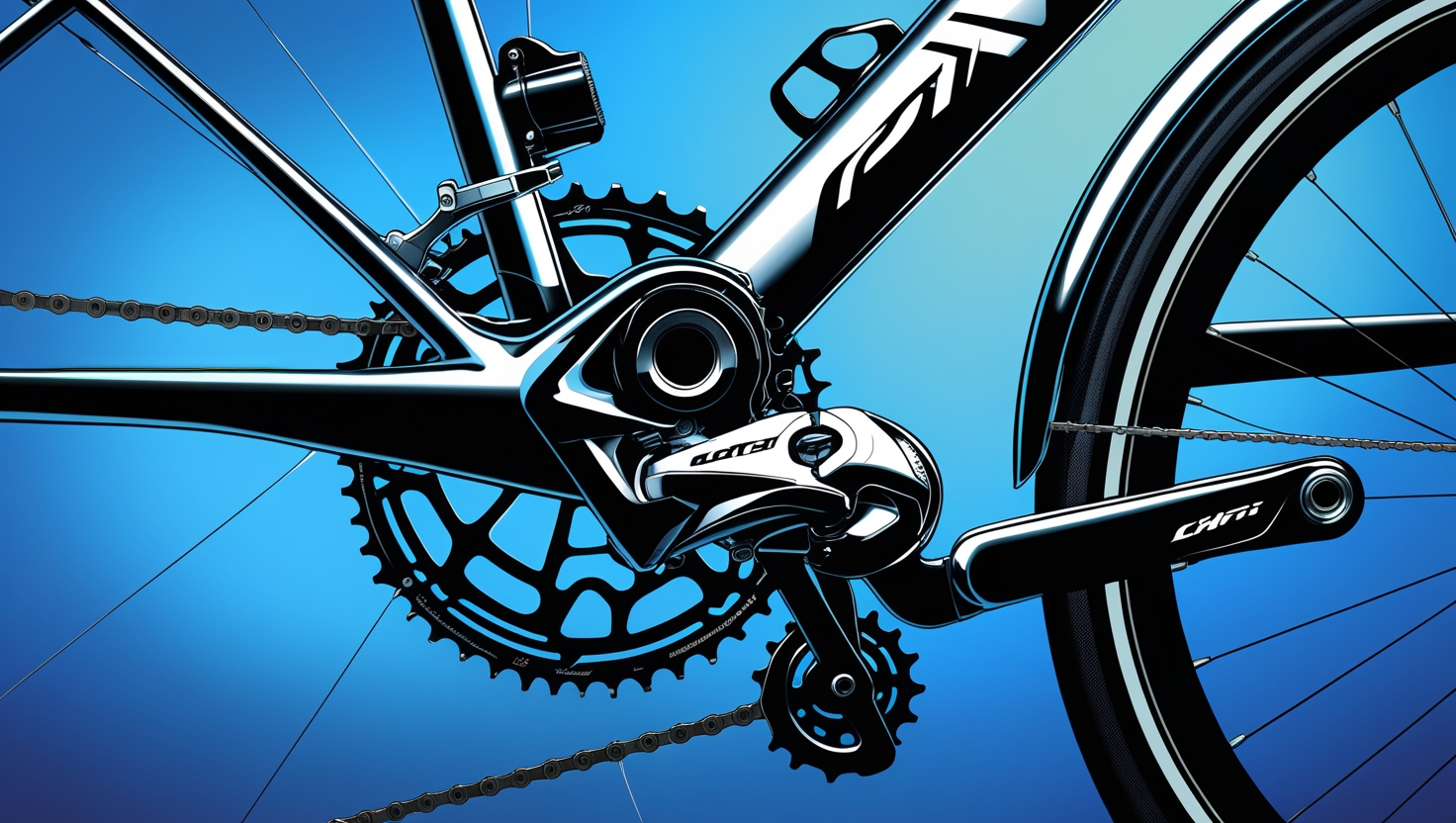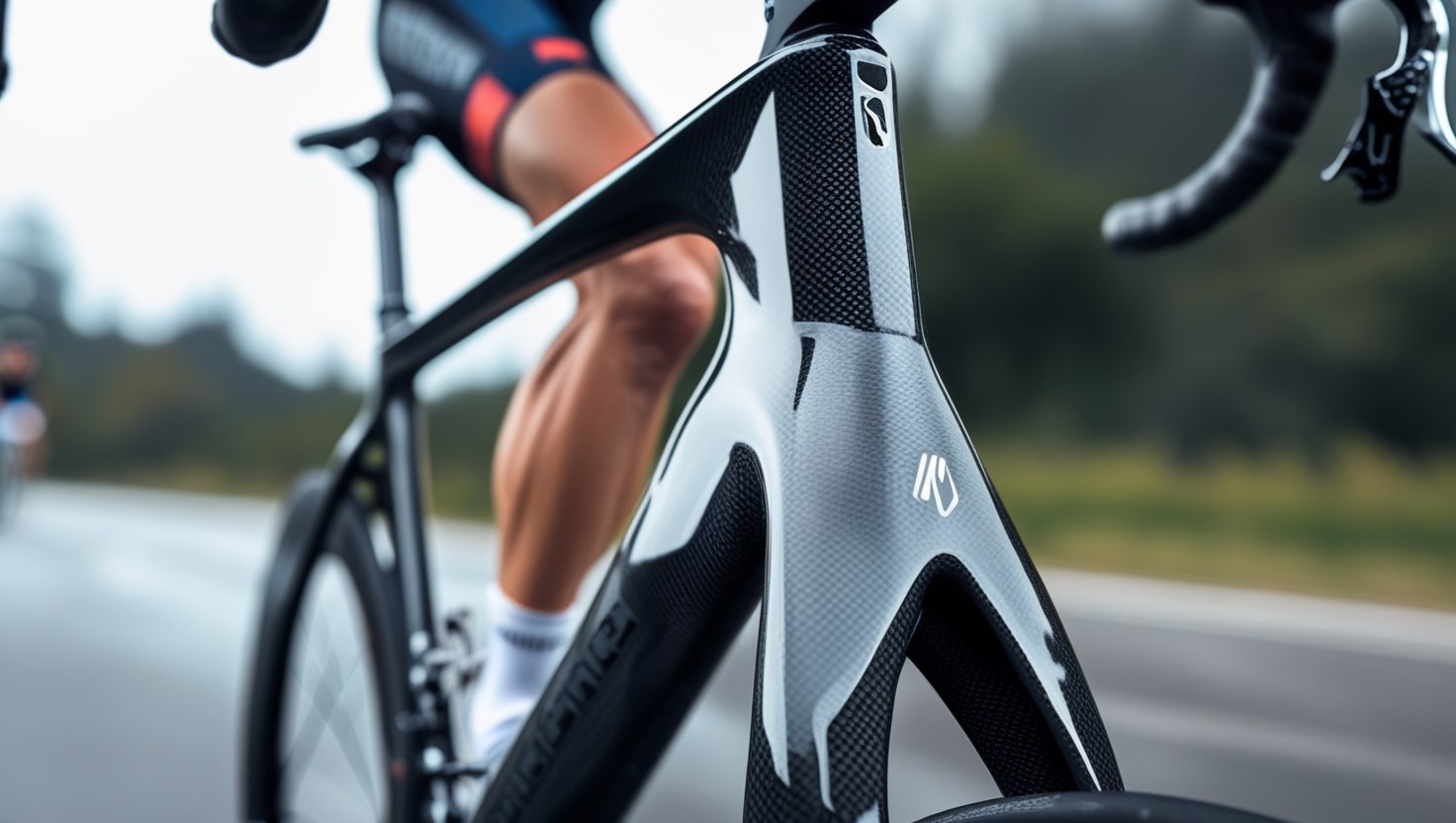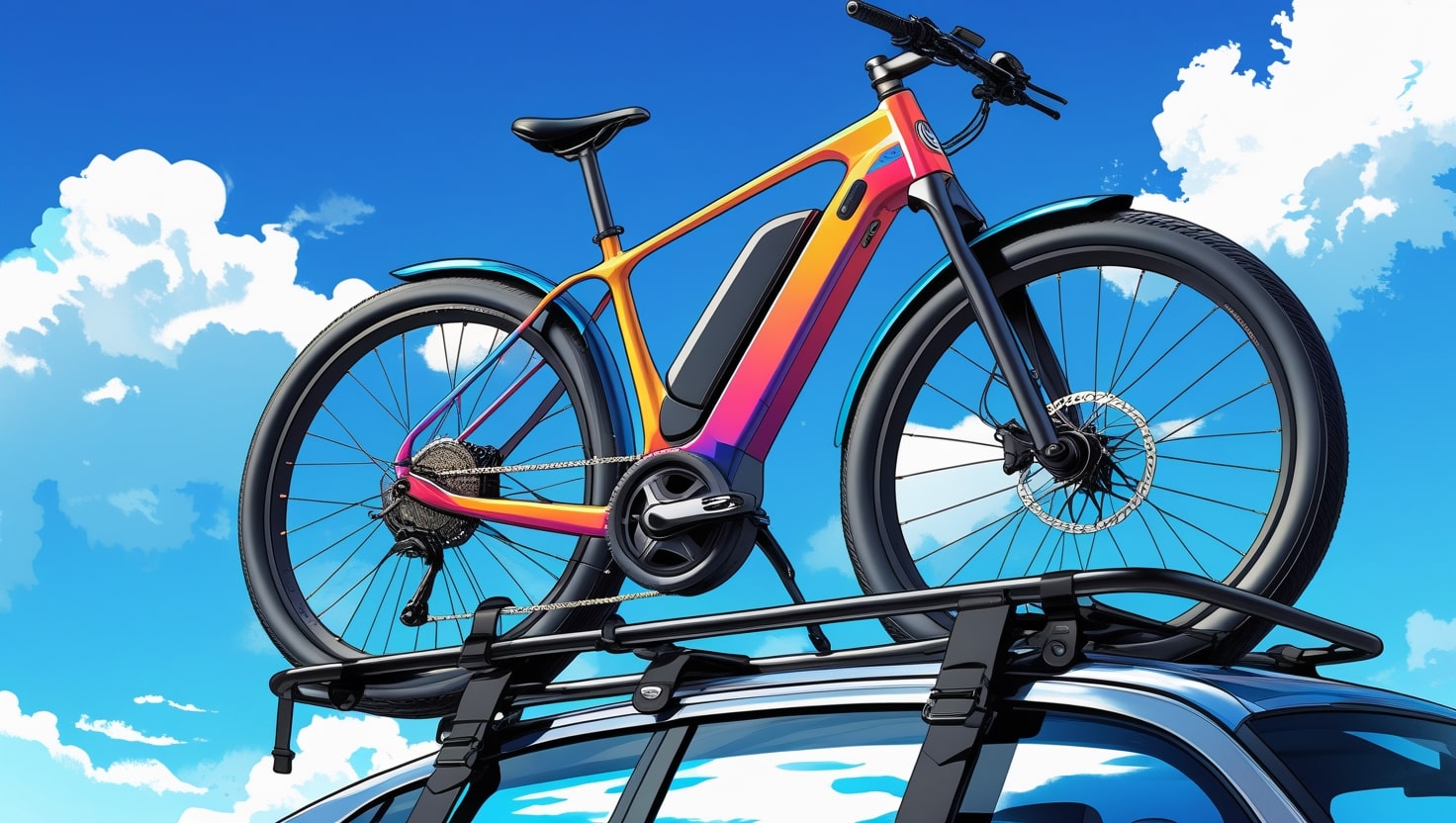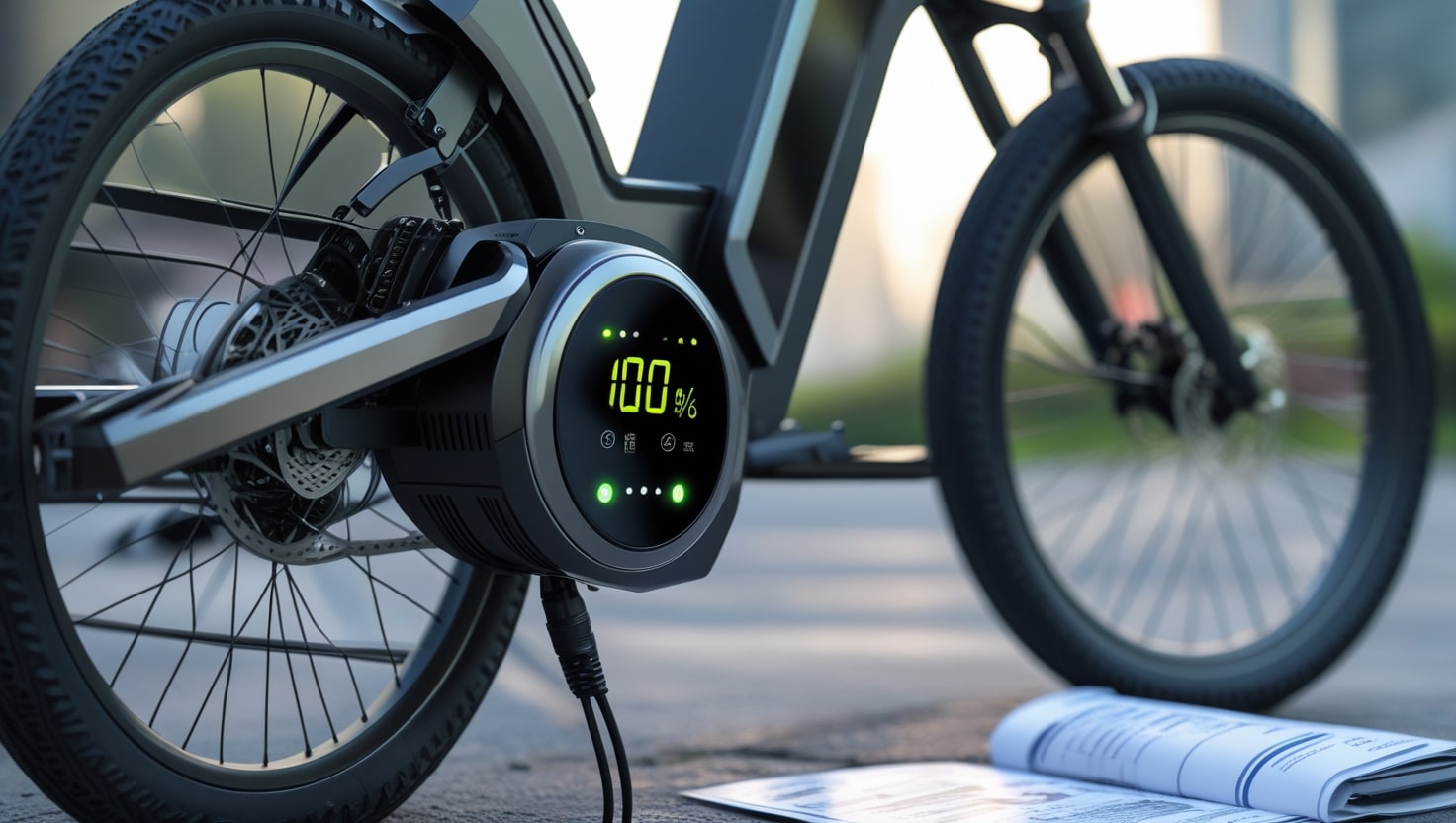A derailleur is a vital component found on most bicycles, especially those designed for varied terrains and riding conditions. It helps manage the pedaling difficulty, allowing riders to accelerate easily on level ground or lower the effort needed on steep hill slopes. By shifting the chain between several gears, the derailleur modifies the wheel’s speed and power distribution. This arrangement makes riding more enjoyable, as it helps tackle different terrains with ease, offering flexibility during the ride.
When it comes to long-distance or off-road rides, the derailleur adds efficiency and simplicity to the cycling experience. Unlike single-speed bikes, where the gearing remains fixed, a bike with a derailleur gives riders more control over their performance. Whether on challenging terrain or smoother paths, flexible shifting options allow cyclists to meet their riding requirements. As an essential part of contemporary bicycles, it makes gear combinations easily adjustable for any rider to enjoy the ride, no matter the terrain or situation.
Different Types of Derailleurs and Their Functions
A bicycle’s front and rear derailleurs are the two main varieties. The front derailleur is located near the pedals and controls the movement of the chainrings. It helps manage pedaling resistance by allowing riders to shift between smaller and larger chainrings. This shift is especially helpful on varying terrain, such as switching to a smaller chainring when climbing hills or using a larger chainring on level ground or while downhill, boosting speed and reducing the effort required.
The chain’s movement over the rear cassette, which houses the gears, is managed by the rear derailleur, which is mounted at the back of the bike. It plays an essential role in maintaining the shifting rhythm while helping riders fine-tune pedaling difficulty. With the rear derailleur, cyclists can adjust the gear combination to suit their needs, whether for economy, energy savings, or tackling more challenging terrain.
In addition to traditional derailleur systems, modern bicycles come with advanced electronic shifting systems. These electronic systems are popular among competitive cyclists as they offer faster, more accurate shifts with electric controls. This technology minimizes manual mistakes and makes shifting smoother, especially for climbing, acceleration, and deceleration on bikes used for mountain, road, and gravel riding. Meanwhile, single-speed bicycles are ideal for commuting and urban environments due to their simplicity and lack of complex shifting processes.

How Derailleurs Work
The derailleur works to help riders shift between different gears, adapting to various terrain and rides. When you encounter a steep hill, the shifter allows you to move the chain to a lower gear, reducing resistance and making pedaling easier. The chain’s movement over the rear cassette, which houses the gears, is managed by the rear derailleur, which is mounted at the back of the bike. This simple action is powered by a cable that pulls or releases to control the pulley, which in turn adjusts the position of the chain.
The system’s movement is governed by the tension in the cable, sending a signal to the rear derailleur components to make the chain movement precise. The fine-tuning of these movements ensures that every gear change is smooth and reliable. In professional bikes, the design and calibration of the derailleur system require great attention to detail for accuracy and optimal performance. Whether you’re riding fast on a hill or cruising on a flat ground, this mechanism ensures smooth transitions without delay or hesitation.
In addition to the basic functionality, upscale derailleurs feature electronic controls that improve shifting sensitivity, making the system more efficient. The button-activated response helps maintain smooth fluidity in the ride, making it particularly beneficial for off-road, long-distance cycling, where power, agility, and control are crucial for enhancing the overall riding experience.
Related: Why Is Rust Bad for a Bike?
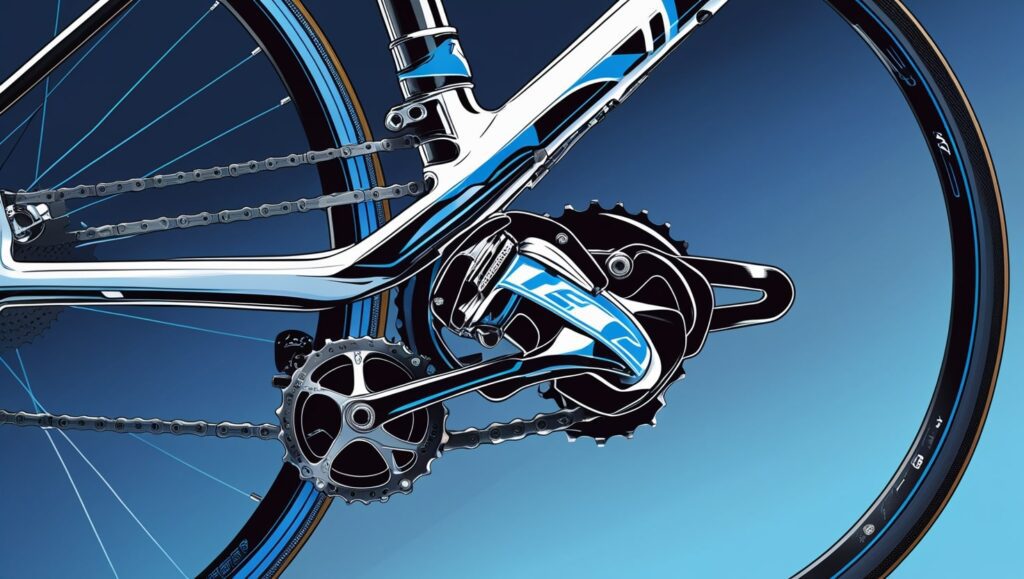
Key Components of a Derailleur
A derailleur system is made up of several essential components that work together to ensure smooth and accurate shifting. At the heart of the system is the shifter, which sends commands through the cable to control the pulley and chain. The pulley acts as the guide for the chain, ensuring that it moves between different gears as needed. The precise location of the pulley and the tension in the cable are critical to maintaining fluid and responsive shifting. This interaction between the shifter, cable, and pulley creates a seamless transmission network that allows the rider to easily change gears with minimal effort.
The cable plays a vital role in the derailleur system as it is the transmitter of the shifting commands. It’s tension directly affects the accuracy of the gear change. Modest adjustments to the cable’s tension can have a big impact on how well the system works. To ensure durability, premium cables are usually made from rust-resistant, high-strength materials capable of withstanding tough weather conditions, outdoor environments, and the stress of off-road cycling. These cables are designed to handle exposure to mud, wetness, and shocks, making them ideal for riders who frequently cycle in challenging conditions.
Another crucial component of the system is the pulley in the rear derailleur. It reduces friction by using precision bearings, ensuring smooth and efficient gear changes. Chain tension is controlled by the rear derailleur to avoid problems like skipping or slippage when riding. Its lightweight and robust design ensures that it doesn’t add unnecessary weight to the bike, while still maintaining its strength and performance. This precision is particularly important in racing situations where every small adjustment can affect the rider’s speed and power.
Finally, the chain itself acts as the executor of the system, transferring pedaling force directly to the wheels. The chain movement determines the resistance and speed of the bike, allowing the rider to adapt to different terrains and conditions. A wear-resistant chain ensures that the system can handle regular gear changes, offering smooth performance whether you’re riding on flat ground, tackling hills, or racing at high speeds.
Related: Single Speed vs Multi Speed Bike
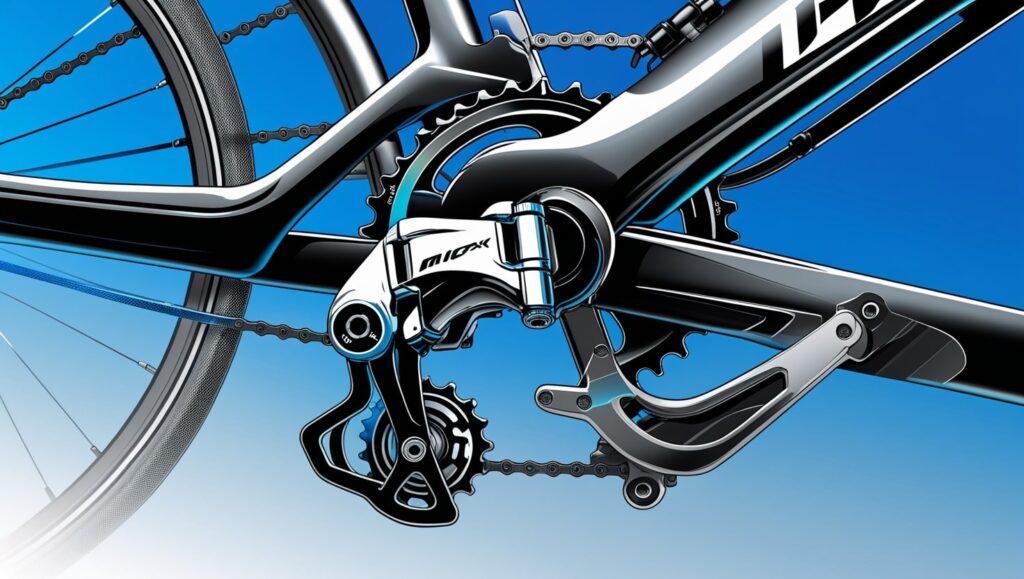
Derailleur Maintenance
To ensure the derailleur works smoothly and enhances your riding experience, it’s important to perform regular maintenance, especially when riding in outdoor conditions. Over time, cables, chains, and pulleys can accumulate dust, dirt, and oil, causing sluggish shifting and misalignment. To avoid this, cleaning and lubrication are essential. A good chain cleaner and brush should be used to remove stubborn filth from the chain, which directly interacts with the gears. This helps maintain a smooth and responsive ride while increasing the lifetime of the components.
It is similarly crucial to pay great attention to the pulley. The pulley determines the path of the chain across the gears and should be cleaned regularly to avoid chain slippage or misalignment. The chain also needs to be properly lubricated to keep it running smoothly at high speeds, ensuring optimal performance on all terrains. Lubrication also helps in reducing friction, making shifting more efficient.
Another key aspect of derailleur maintenance is the cable tension. The sensitivity of the derailleur depends on how tight or loose the cable is. Too much slack or overtightening can cause inaccurate shifting or even lead to failure. Regular checks and adjustments will ensure that the reaction time of the derailleur is fast and precise. Ensuring proper lubrication of the cable will also help reduce any friction and improve the overall shifting experience.
Before heading out for a ride, especially in intense cycling conditions, doing a quick pre-ride check of the derailleur can save time and prevent issues. If components are worn-out, it’s important to replace them promptly to keep the system working at its best. For serious riders or aficionados, paying attention to these maintenance details will eliminate any concern about performance during a ride.
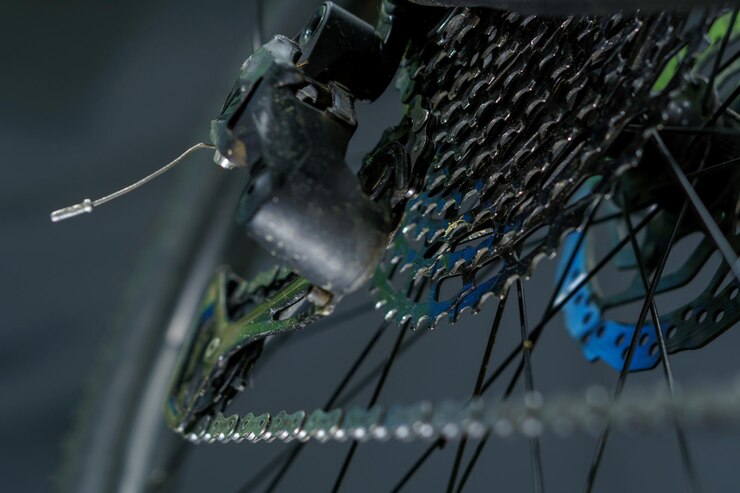
Common Derailleur Brands and Selection Advice
When choosing a derailleur, it’s important to consider the brand and model that best fits your needs. Some popular brands include Shimano, SRAM, and Campagnolo, each offering different systems designed for specific riding styles. Shimano is well-known for providing both entry-level and professional-grade derailleurs, offering reliable durability and smooth shifting. SRAM, on the other hand, focuses on lightweight designs with fast speed response, making it a great choice for mountain and gravel bike enthusiasts. Campagnolo is favored by road cycling riders, known for its Italian craftsmanship and sensitivity in shifting.
Your choice of derailleur should depend on your specific riding requirements. Stability and inexpensive maintenance would be provided by a more affordable Shimano derailleur for cyclists pedaling in cities or on flat or single-track roads. If you’re into off-road or mountain biking, SRAM’s robust and lightweight derailleurs are ideal, ensuring better performance in tough conditions. On the other hand, if you are into long-distance cycling or looking for a high-end, multi-speed derailleur, Campagnolo’s premium line shines, especially in terms of smoothness and performance.
Another key factor in choosing the right derailleur is your budget. Entry-level models tend to be more affordable, but they may lack the durability and accuracy of their high-end counterparts. If you’re a competitive cyclist or need quicker response time, you may want to invest in electronic derailleurs, which are often more expensive but provide fast and precise shifting, especially in competition settings. Understanding your performance needs and budget will guide you to the right derailleur, ensuring both comfort and a great riding experience.

Conclusion
The derailleur is an essential component of bicycles, offering unmatched flexibility for riders. Whether you’re commuting or racing, the type and selection of a derailleur significantly influence your riding experiences. Its operation, from principles to maintenance, plays a vital role in achieving fluidity and comfort. Derailleurs come in a variety of brands and grades to meet a range of demands, from professional racing to casual commuting. Regular maintenance ensures better performance, giving you a smoother ride.
Learning derailleur methods can improve cycling efficiency and enjoyment for both novice and expert riders. No matter your skill level, understanding these details ensures a better experience on the bike, allowing you to enjoy every ride.
Related: When to Replace Bike Chain

